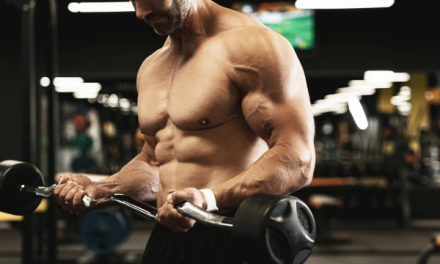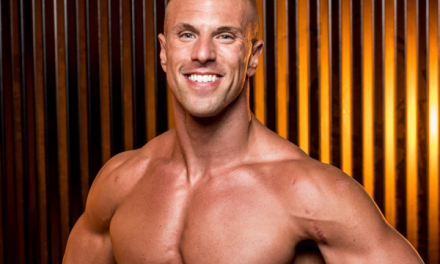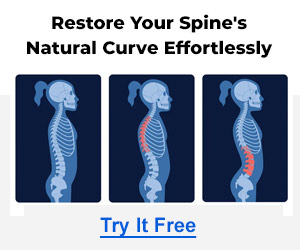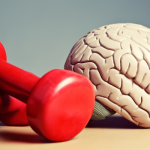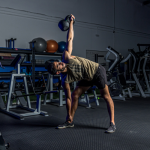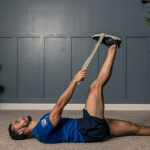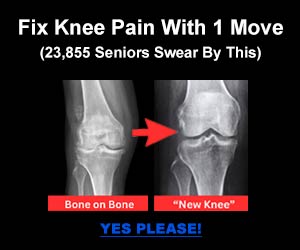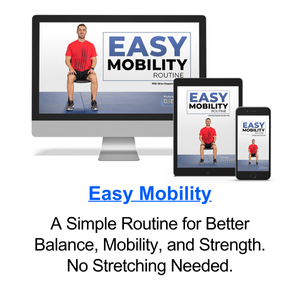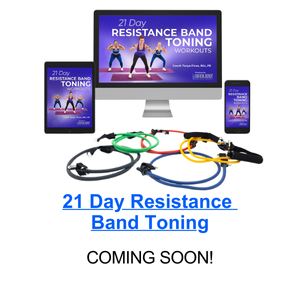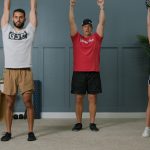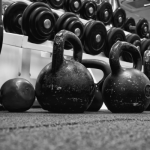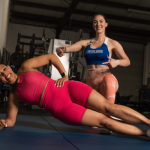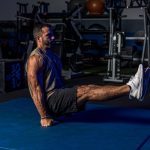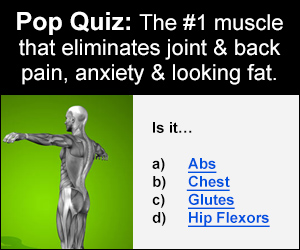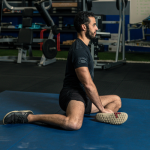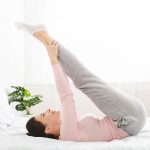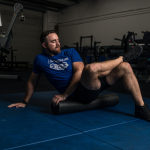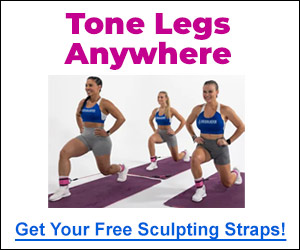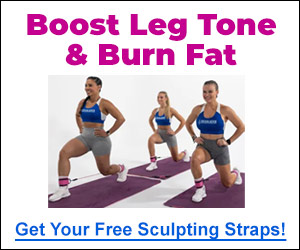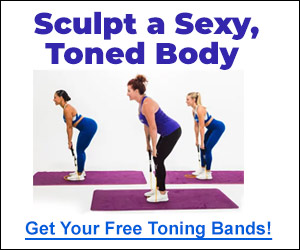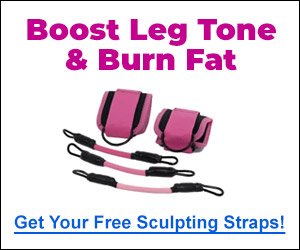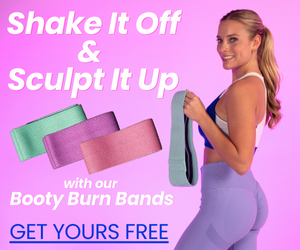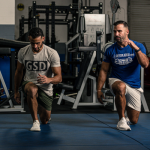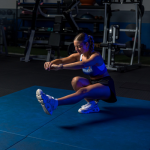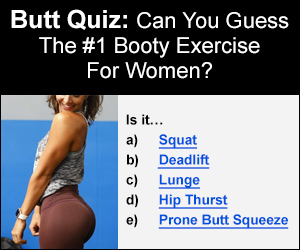Are you still relying on traditional crunches to build a strong and solid core?
If so, then your core workout might be outdated.
For years, crunches have been hailed as the go-to exercise for building a rock-solid core, but recent studies and fitness trends suggest that they might not be the most effective way to achieve those coveted abs.
Let’s delve into the effectiveness of crunches and explore alternative core exercises that might offer better results.
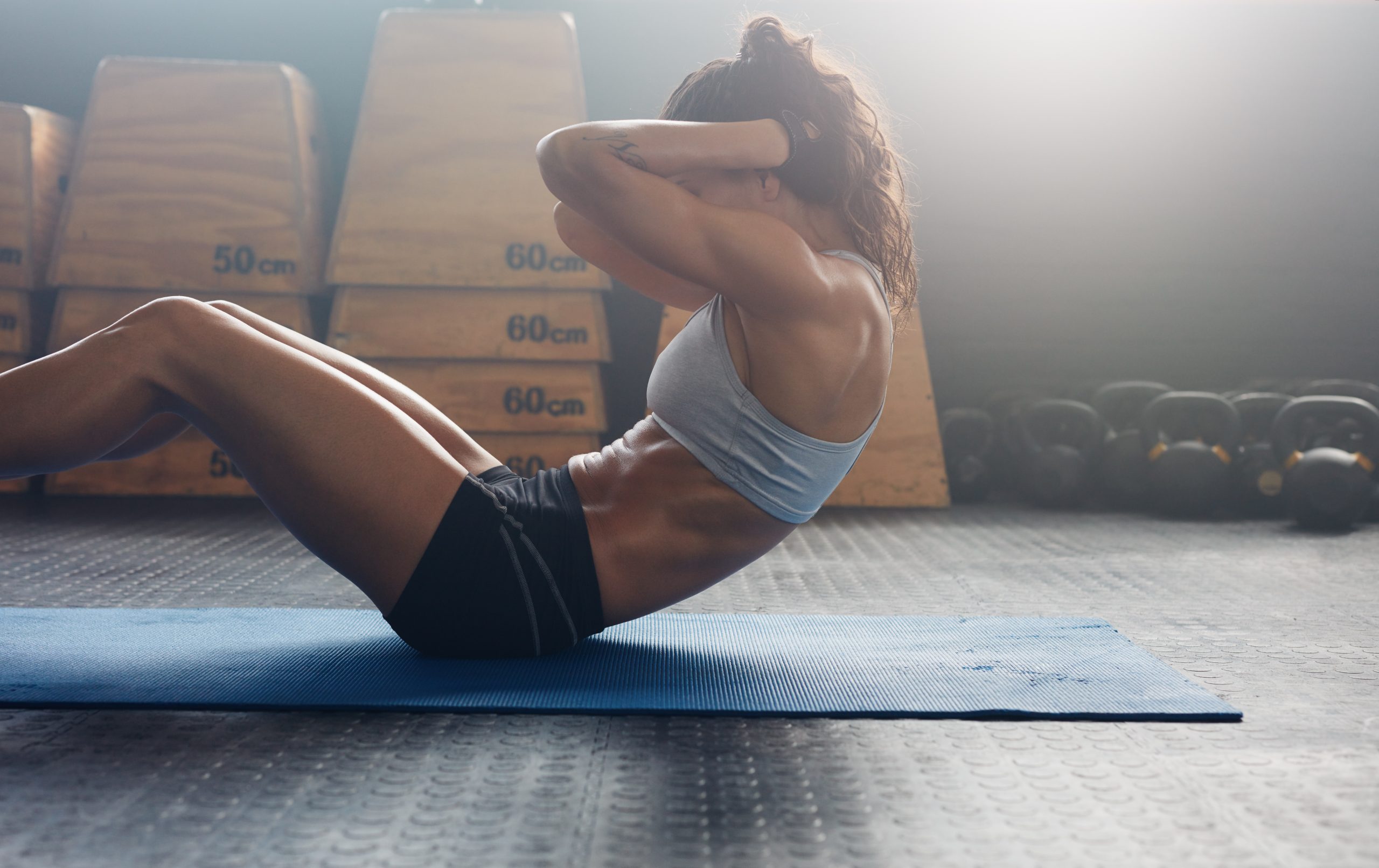
The Myth of the Crunch
Crunches have long been a staple in fitness routines, dating back to the early days of bodybuilding and aerobic workouts.
Remember those “six-minute abs” workout videos?
Their popularity soared in the 1980s and 1990s, with countless fitness magazines, videos, and classes promoting crunches as the ultimate exercise for sculpting a six-pack.
This exercise became synonymous with core training, and many people believed that doing hundreds of crunches daily was the key to a strong and defined midsection.
The widespread belief in crunches as the best core exercise is built on several misconceptions.
Crunches are a “Core” Exercise
One common misconception is that crunches alone can give you a strong core.
In reality, crunches primarily target the rectus abdominis—the superficial “six-pack” muscle—while neglecting deeper core muscles like the transverse abdominis and obliques, which are crucial for overall core stability and function.
Crunches Spot Reduce Belly Fat
Another myth is that crunches can significantly reduce belly fat.
Spot reduction, or the idea that you can lose fat in a specific area by exercising it, has been debunked by numerous studies.
Effective fat loss requires a combination of overall body workouts and a healthy diet, not just isolated exercises like crunches.
More Crunches Equal More Results
There is a common belief that performing more crunches will lead to faster and better results.
However, this isn’t necessarily true.
Doing excessive crunches can lead to overuse injuries and imbalances in the body.
Core training should involve a variety of exercises that target different muscle groups and movement patterns to be truly effective.
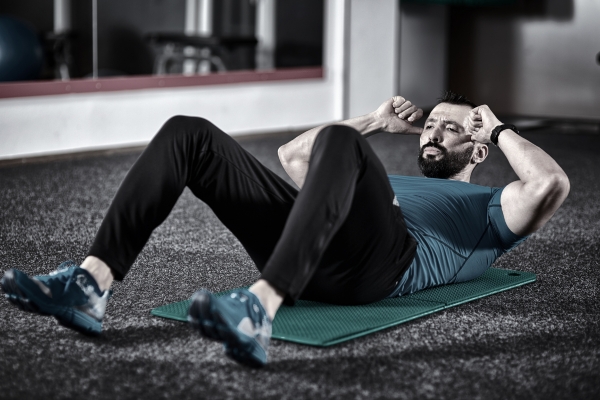
The Truth about Crunches
While crunches have long been a go-to exercise for those seeking a toned midsection, it’s important to recognize their limitations and shortcomings.
Here are some quick facts about why crunches might not be the best option for building a strong and functional core:
Limited Muscle Engagement
Crunches primarily target the rectus abdominis—the superficial “six-pack” muscle.
While this muscle is important for core strength and aesthetics, crunches fail to engage the deeper core muscles, such as the transverse abdominis and obliques.
These deeper muscles are crucial for overall core stability and strength, supporting your spine and helping with movements that require balance and coordination.
By focusing solely on crunches, you miss out on the comprehensive core engagement needed for a truly strong midsection.
Potential for Neck Strain
Improper form during crunches is a common issue, and it can lead to neck and upper back strain.
Many people tend to pull on their neck or head while performing crunches, especially as they tire.
This not only reduces the effectiveness of the exercise but also increases the risk of injury.
Engaging the core correctly and maintaining proper form throughout the movement is essential, but can be challenging for beginners or those with weak core muscles.
Inefficiency in Functional Strength
Crunches do not mimic the functional movements required in daily activities or sports.
Core stability is essential for movements such as lifting, twisting, and balancing.
Functional core exercises, which engage multiple muscle groups and mimic real-life movements, are far more effective in building the type of strength and stability needed for these activities.
Relying solely on crunches can leave you with a visually appealing midsection that lacks true functional strength and stability.
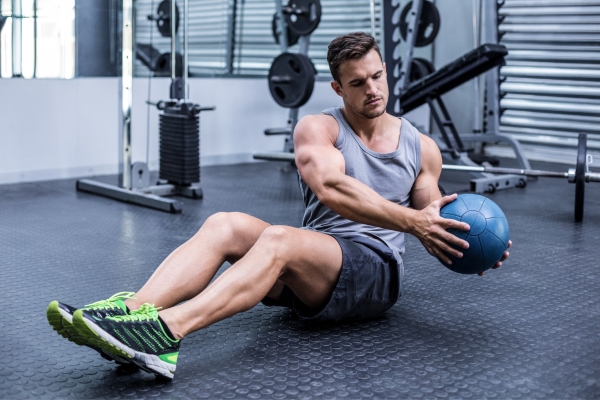
Types of Core Exercises for an Effective Core Workout
If you’re reading this article, then you’re probably wondering, “What are the best core exercises?”
But this is the wrong question.
You should be asking, “What are the best types of core exercises?”
What’s the difference?
Learning the best types of core exercises can teach you how to select the right exercises based on their functionality – not just because they are popular.
The best type of core exercises mimic functional movement patterns and work to provide stability, balance, and strength, which are essential for virtually every movement we make, from simple daily activities to complex athletic maneuvers.
Here are the key types of core exercises that you should focus on:
Rotation Exercises
Rotational strength is vital for many everyday movements and sports, such as swinging a bat, turning to reach for something, or even walking.
These exercises engage the obliques and other core muscles, improving your ability to twist and turn with control.
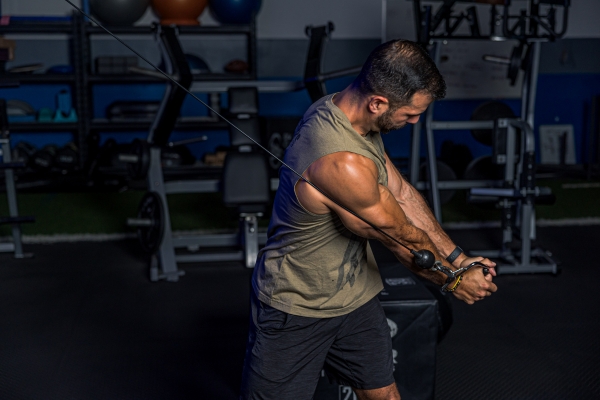
Cable Woodchopper:
- Position yourself next to a cable machine with your feet shoulder-width apart.
- Grip the handle firmly with both hands, starting with the cable set at a high point.
- From this starting position, pull the cable handle downwards and across your body in a diagonal motion, aiming towards the opposite knee, as if you were chopping wood.
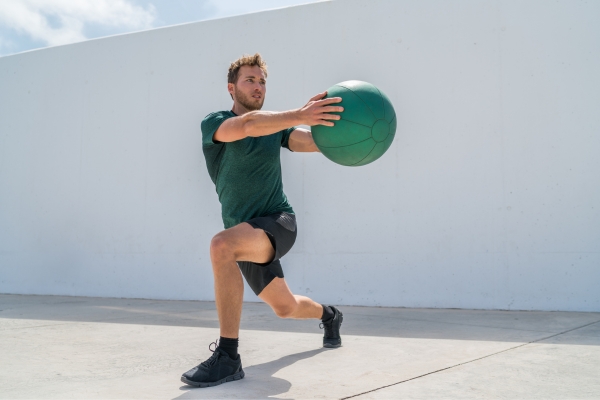
Lunges with Twists:
- Begin in a standing position with your feet hip-width apart, holding a weight or medicine ball against your chest.
- Take a step forward, dropping your back knee towards the floor while keeping your front knee aligned with your ankle.
- As you descend into the lunge, rotate your upper body towards the leg that is in front.
- After completing the twist, rotate back to the center, push off your front foot, and return to the starting position.
- Repeat the sequence with the opposite leg.
Anti-Rotation Exercises
Anti-rotation exercises help prevent injury and improve stability by training your core to resist twisting forces.
This stability is crucial for protecting your spine and maintaining proper posture during dynamic movements.
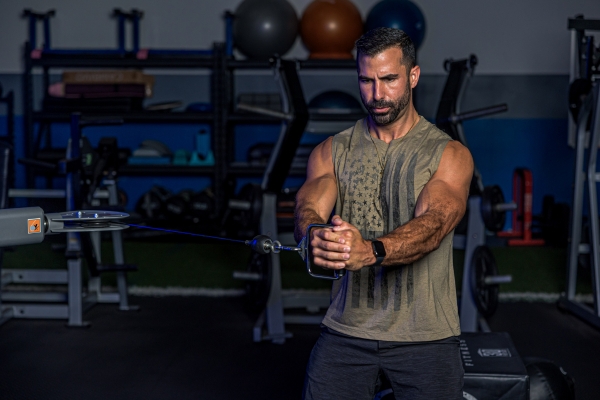
Pallof Press:
- Stand with your feet shoulder-width apart, perpendicular to a resistance band or cable machine.
- Hold the band or handle at chest level with both hands.
- Extend your arms straight out in front of you, keeping your core engaged to resist the lateral pull from the band or cable.
- Maintain this position for a moment before bringing your hands back to your chest.
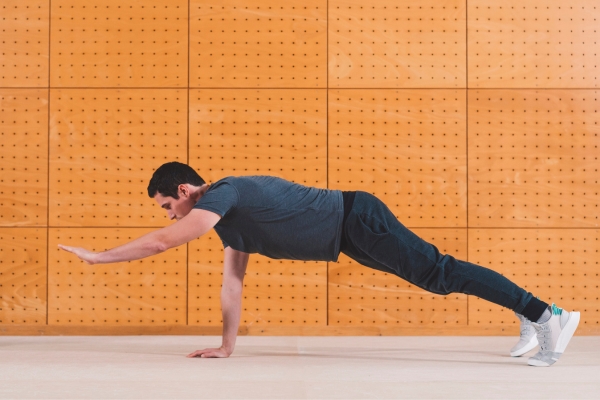
Plank with Arm Lift:
- Begin in a traditional plank position, with your body in a straight line from head to heels and your weight supported on your forearms and toes.
- From this position, extend one arm forward until it is parallel to the floor, maintaining your balance and keeping your hips level.
- Hold for a few seconds, then lower your arm and repeat with the opposite arm.
Flexion and Extension Exercises
Flexion and extension exercises focus on bending and straightening the spine, which is essential for maintaining a healthy back and strong core.
These exercises activate the rectus abdominis as well as the lower back muscles.
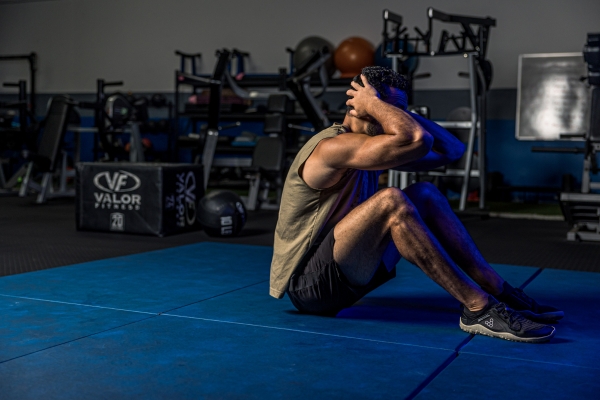
Sit-Ups (Flexion):
- Lie flat on your back with your knees bent and your feet planted firmly on the ground.
- Place your hands behind your head or across your chest.
- Engage your core and lift your upper body towards your knees, curling your spine off the floor. Slowly lower yourself back down to the starting position.
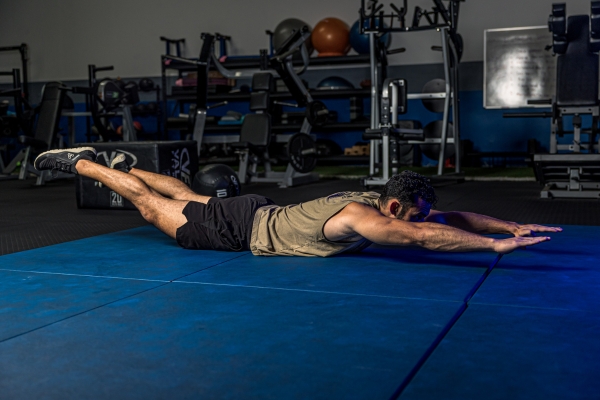
Superman (Extension):
- Lie face down on the floor, stretching your arms out in front of you and keeping your legs straight behind you.
- Raise your arms, chest, and legs off the floor at the same time, creating a slight arch in your back.
- Hold this elevated position for a few seconds, feeling the contraction in your lower back, before gently lowering back down.
Lateral Flexion Exercises
Lateral flexion exercises target the obliques and side muscles, which are important for movements that involve bending to the side.
These exercises help improve balance and stability.
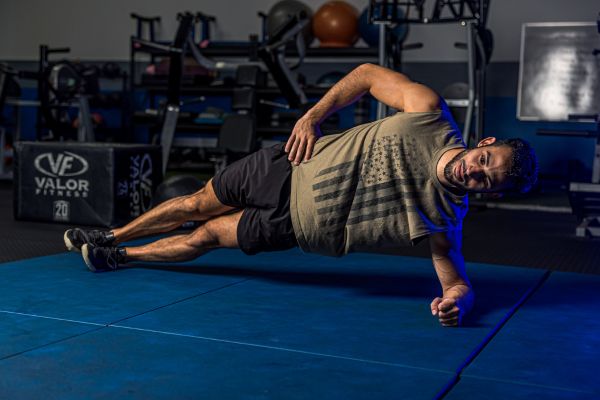
Side Planks:
- Lie on your side, supporting your body with one elbow directly under your shoulder.
- Stack one foot on top of the other and lift your hips off the ground, forming a straight line from head to heels.
- Keep this position, engaging your core to ensure stability.
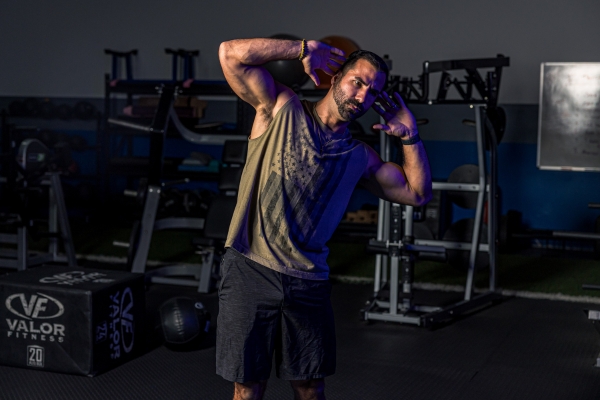
Standing Side Crunches:
- Stand upright with your feet shoulder-width apart.
- Place one hand behind your head and extend the other arm straight down your side.
- Engage your obliques as you bend sideways, bringing your elbow towards your hip.
- Return to the starting position and repeat on the other side.
Anti-Lateral Flexion Exercises
These exercises focus on maintaining a stable and upright position, resisting forces that try to bend your body to the side.
They are crucial for developing a strong, stable core.
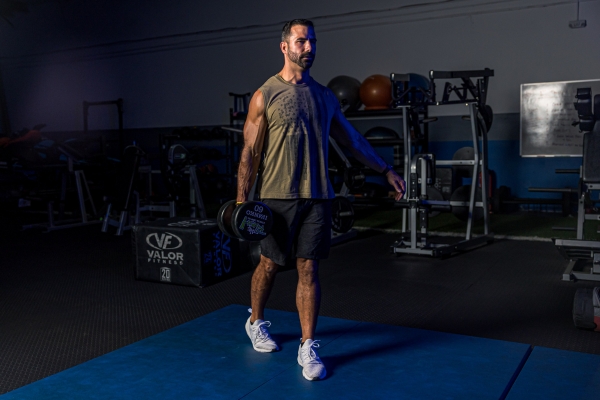
Suitcase Carries:
- Grasp a weight in one hand and stand tall with your shoulders back.
- Begin walking in a straight line, focusing on maintaining an upright posture and resisting the tendency to lean towards the side with the weight.
- Keep your core engaged throughout the movement.
Stabilization Exercises
Stabilization exercises build a strong foundation through static holds, engaging multiple core muscles simultaneously to maintain balance and control.
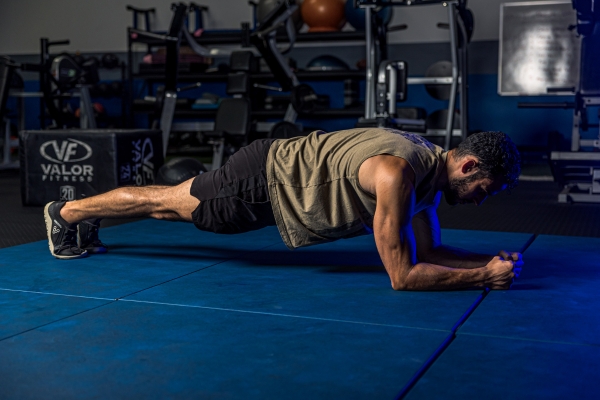
Planks:
- Maintain a push-up position with your body aligned from head to heels, engaging your core to keep your hips from dropping.
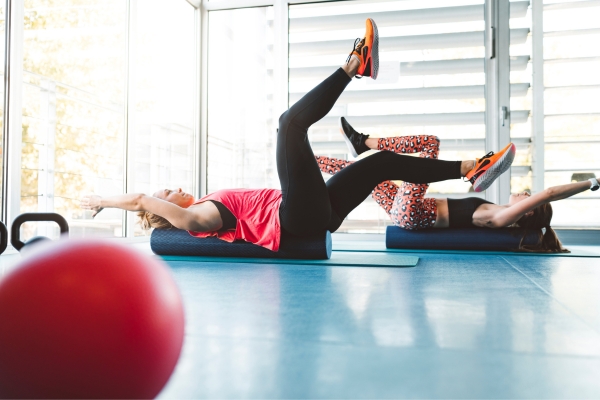
Dead Bugs:
- Lie on your back with your arms extended towards the ceiling and your knees bent at 90 degrees.
- Lower one arm and the opposite leg towards the floor while keeping your core engaged, then return to the starting position and repeat on the other side.
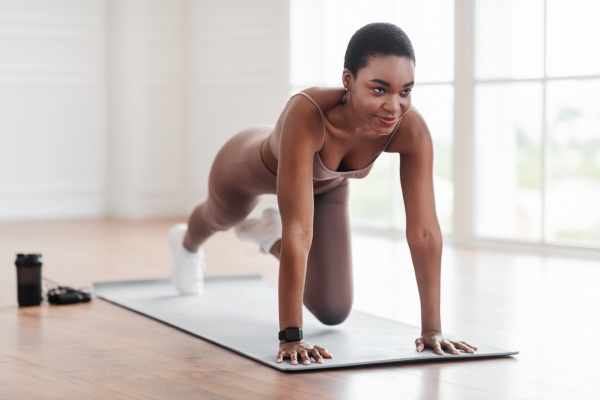
Wrap-Up
If you’re still counting on traditional crunches to sculpt a strong core, it might be time to rethink your approach.
Despite their long-standing reputation as the ultimate core exercise, modern fitness research and trends indicate that crunches may not be the most effective route to achieving a well-defined, powerful midsection.
Recognizing the limitations of crunches and embracing a diverse array of core exercises can lead to a more functional and resilient core.
A well-rounded core workout should engage multiple muscle groups and emphasize exercises that boost stability, balance, and overall strength. Incorporating rotational and anti-rotation exercises, as well as movements that involve flexion, extension, lateral flexion, and stabilization, is essential for developing a strong and functional core. By diversifying your core training routine, you can ensure comprehensive muscle engagement and improved fitness outcomes.
Key Points to Remember
- They primarily target the rectus abdominis and neglect deeper core muscles like the transverse abdominis and obliques.
- Crunches cannot significantly reduce belly fat. Effective fat loss requires overall body workouts and a healthy diet.
- Excessive crunches can lead to overuse injuries and imbalances. Variety is key in core training.
- Crunches do not mimic functional movements required in daily activities or sports.
- Rotation Exercises: Essential for twisting and turning movements. Examples: Cable Woodchopper, Lunges with Twists.
- Anti-Rotation Exercises: Prevent injury and improve stability. Examples: Pallof Press, Plank with Arm Lift.
- Flexion and Extension Exercises: Focus on bending and straightening the spine. Examples: Sit-Ups (Flexion), Superman (Extension).
- Lateral Flexion Exercises: Target obliques and side muscles for improved balance. Examples: Side Planks, Standing Side Crunches.
- Anti-Lateral Flexion Exercises: Maintain a stable and upright position. Examples: Suitcase Carries, Single-Arm Farmer’s Walk.
- Stabilization Exercises: Build a strong foundation through static holds. Examples: Planks, Dead Bugs.


